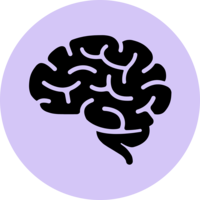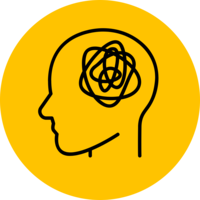Longitudinal European Autism Project (LEAP)
LEAP is a multi-site study that aims to identify biological markers for autism spectrum disorder (ASD). LEAP includes 437 participants with ASD and 300 control participants with typical development or mild intellectual disability. Participants were recruited and completed baseline assessments between 2014 and 2017. Follow-up assessments were conducted in two waves: Wave 2 took place approximately 12 to 24 months after baseline, and Wave 3 occurred approximately 7 to 10 years after Wave 2. Additionally, LEAP is enriching its cohort by recruiting individuals with autism and epilepsy and individuals with epilepsy only. LEAP also recruited a cohort of 53 twin pairs tested at one time point.
Study design
Cohort - accelerated
Number of participants at first data collection
437 (participants with ASD)
300 (control participants)
53 (twin pairs)
Age at first data collection
6 - 30 years (participants with ASD)
6 - 30 years (control participants)
6 - 26 years (twin pairs)
Participant year of birth
Varied (participants with ASD)
Varied (control participants)
Varied (twin pairs)
Participant sex
All
Representative sample at baseline?
No
Sample features
Countries
Year of first data collection
2014
Primary Institutions
Campus Bio-Medico University of Rome (Università Campus Bio-Medico di Roma, UCBM)
Central Institute of Mental Health (Zentralinstitut für Seelische Gesundheit, CIMH)
Karolinska Institute (Karolinska Institutet, KI)
King's College London (KCL)
Radboud University Medical Center (Radboudumc)
Profile paper DOI
Funders
Autism Speaks
Autistica
European Federation of Pharmaceutical Industries and Associations (EFPIA)
European Union FP7 programmes
European Union Horizon 2020 Research and Innovation Program
Ongoing?
Yes
Data types collected


- Audio or visual recordings (e.g. of child behaviour, facial expressions)
- Computer, paper or task testing (e.g. cognitive testing, theory of mind doll task, attention computer tasks)
- Interview – face-to-face
- Interview – phone
- Passive electronic data collection (e.g. screen time, scroll speed)
- Physical or biological assessment (e.g. blood, saliva, gait, grip strength, anthropometry)
- Wearable devices
- Self-completed questionnaire – online
- None
- Diffusion Tensor Imaging (DTI)
- Electroencephalography (EEG)
- Functional magnetic resonance imaging (fMRI)
- Magnetic Resonance Imaging (MRI)
- None
Engagement
Keywords
Consortia and dataset groups



